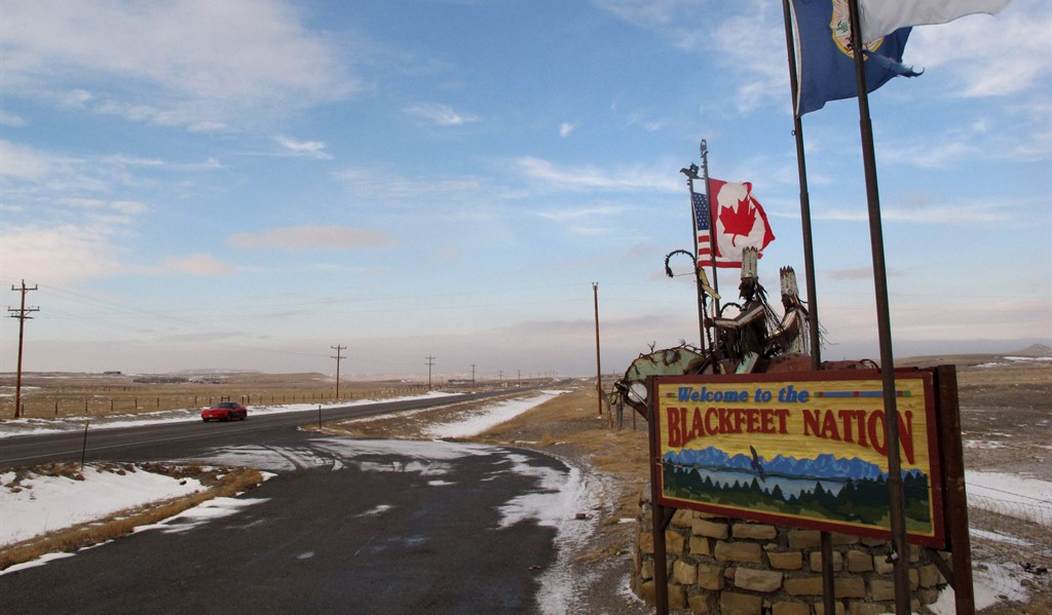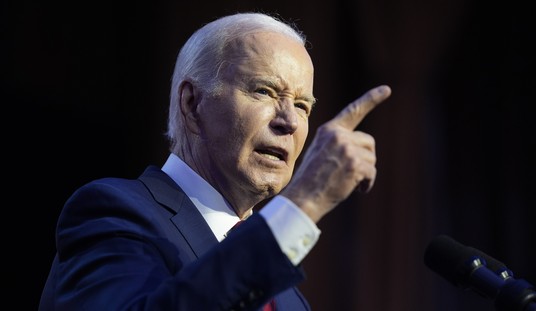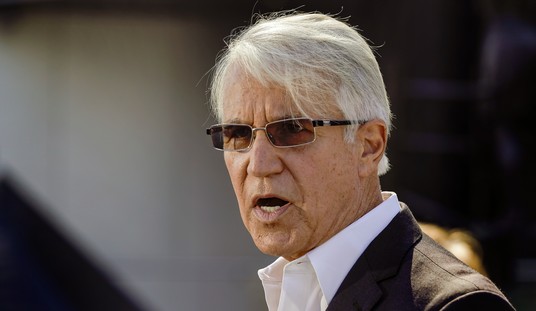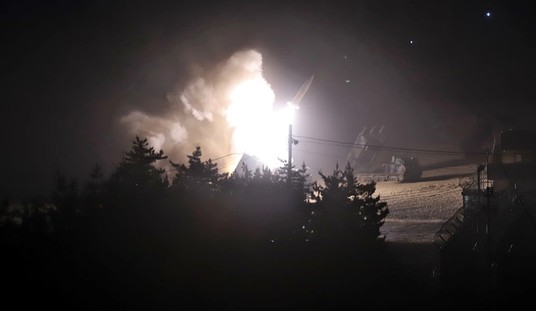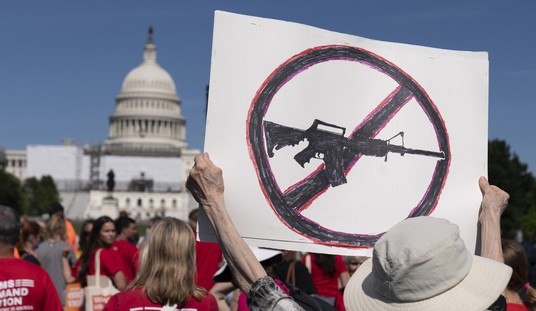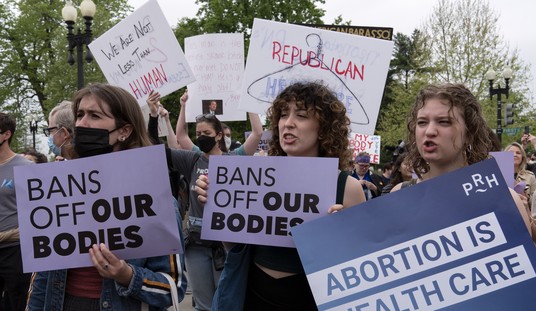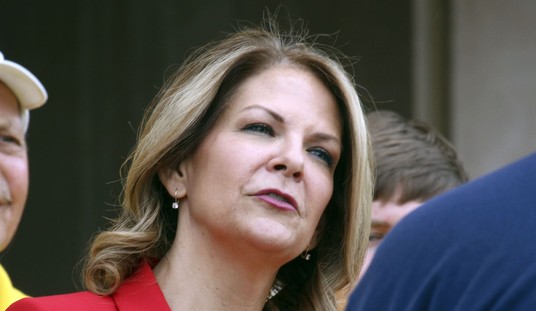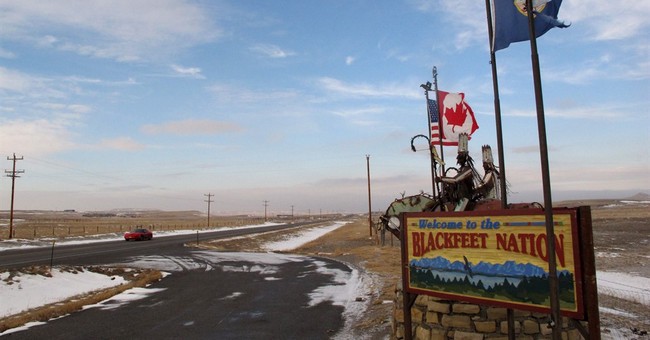
“Why the hell is Shipwreckedcrew writing on this subject?”
Fair enough question.
I’m a fan of the show. My wife and I find little that we enjoy watching together — widely different tastes when it comes to TVLand — but we stumbled upon “Yellowstone” last summer, and looked forward to season three this summer which premiered on the Paramount Network on Father’s Day.
Having been raised in the western United States, the show has an interesting backdrop for its stories concerning the interactive relationship between the citizens of Montana and the Native Americans who live on Tribal Land among the cities and communities of the State. This is the second popular television show I’m aware of in the past decade to deal realistically with the interactions between residents of western states and the inhabitants of nearby Indian Reservations based on my own experiences. The other show was “Longmire”, more of a “police procedural” about the Sheriff of a rural Wyoming County navigating problems of a small community and the adjoining Indian Reservation Land. I’m sure there are other similar programs across the vast array of choices on various streaming services, but these are two that I have watched.
If you are not familiar with “Yellowstone”, the underlying storyline is a struggle between the character portrayed by Kevin Costner, the patriarch owner of the largest privately held ranch in the vicinity of Yellowstone National Park in Montana, and a Native Indian tribal leader of a nearby Confederation of Tribes. Both wish to preserve the land in its natural state — the landowner who sees the ranch as the centerpiece to his seven-generation family legacy and the Native American leader who wants to return the land to the people who lived and thrived there before “ownership” became a “thing.” One son of the landowner was estranged from his father for a period of years because he married a Native Indian woman and had never expressed a commitment to maintaining the ranch as a family legacy — until he had a son of his own, half Native-American, and now wants to pass it on to him.
But a central storyline that has existed as something of a mystery since early in the first season is an extraordinarily hostile relationship that exists between the two other surviving children of Costner’s character — a son and a daughter. The mother of all the children died in a horseback riding accident when they were teenagers or younger, and the impact of that loss has reverberated in their relationships with one another ever since.
In the two most recent episodes — finally — the reason for the hostility that the daughter repeatedly expresses towards her brother was revealed. After the death of their mother, when the daughter was a teenager and still a minor, she became pregnant — presumably by a young rancher worker who worked for her father. That worker, the now-adult character named “Rip” on the show, is one of the centerpieces that makes the show eminently watchable.
Not having anyone to turn to, and with Costner’s character the father having become emotionally distant from his children following the death of his wife and their mother, the teenage daughter turns to her brother for help. Their decision is that the girl must have an abortion, but given the prominence of the family in Montana, the brother knows he cannot take her to a clinic in the nearby Montana city of Billings, as word of the fact would immediately become known in the town and throughout the region.
So he takes his sister to a woman’s health clinic on the nearby Indian Reservation. With his sister waiting outside in the car, he explains to a worker at the front desk what has happened and why he has brought his sister to the clinic. The worker tells him the clinic is only for Native American women, and he needs to take his sister to Billings. He explains who he is and why that is not possible. The woman then explains to him that any woman who undergoes an abortion in the facility on the reservation must also agree to be sterilized. The character of the brother is between the ages of 16 and 18 based on the fact that he’s driving, but has not yet departed for Harvard which is where we know from the show that he eventually went to school. Seeming to not fully realize the implications of what the worker has told him, he agrees. He goes outside to get his sister, and the scene ends without him explaining to her all of what is about to happen to her.
Later in life, she realizes that she will never be able to have children because she underwent a hysterectomy as a result of the decision made by her brother on that day, and that is the basis of her hatred for him.
At first, the storyline was just that — a storyline meant to explain the nature of their relationship, a relationship that greatly complicates the efforts by Costner’s character to hold on to the ranch and pass it on to the next generation in his family. And at some level, I still accept it for just being that — a narrative device that creates conflict between key characters that impacts the central theme and questions of the show.
But, on another level, it is at the same time a corruption of the timeline of a shameful episode of United States history that places the events much closer to present-day that is actually the case.
In doing a bit of research on the topic — as I knew the timeline reflected in the show could not be correct — I came across this very long article in The American Indian Quarterly, put out by the University of Nebraska Press. Titled “The Indian Health Service and The Sterilization of Native American Women”, it was written by Jane Lawrence and published in the Summer 2000 edition of the journal.
Lawrence’s article seems to be a comprehensive analysis of the practice going back to the 1800s but focuses most of its attention in the 1960s and 1970s after the Indian Health Services agency was formed in 1965 as part of what was then called the Department of Health, Education, and Welfare.
I’m not going to go into detail with regard to Lawrence’s work, but from it, I learned that forced sterilization practices — imposed for a variety of horrible and specious reasons — ended in the 1970s, and no such practices are known to have persisted as a policy later than 1975.
“Yellowstone” is depicted as being set in modern-day Montana. All the vehicles are current models and styles, and one character is a former Navy SEAL who was deployed to Afghanistan. The sister who underwent the abortion and hysterectomy appears to be 14-15 at the time of the procedure as shown in a flashback and appears to be mid-to-late 30s in modern-day. So based on the timeframe of the show, the “forced sterilization” policy encountered at the Indian Women’s Health Center on the Reservation would have been in force as recently as 2000 — or 25 years after such policies were last in place.
The policies were avowedly racist, as Lawrence points out. “Some of [the IHS doctors] did not believe that American Indian and other minority women had the intelligence to use other methods of birth control effectively and that there were already too many minority individuals causing problems in the nation,” writes Lawrence.
By adopting the storyline in the manner they have, the Yellowstone creative team has corrupted the actual historical timeline of this shameful period of US history, dragging it from 50 years in the past to only 20 years in the past. How many viewers took note of this and simply accepted the representation of such overtly racist government policy as recently at the end of the Clinton Administration?
History is a unique thing. Events happen when they happen. Transplanting a set of events from the era in which they took place to an era in which they did not take place for creative storytelling purposes — rewriting history — is propaganda.

